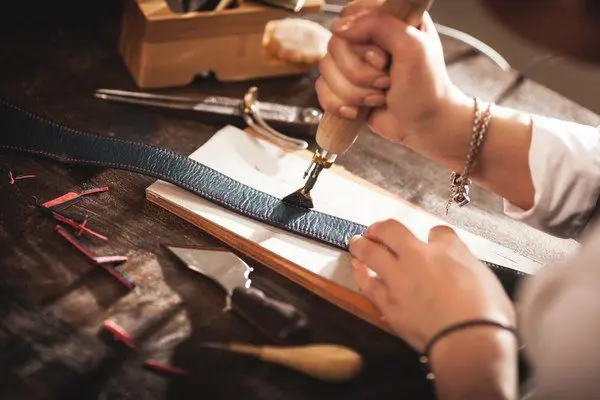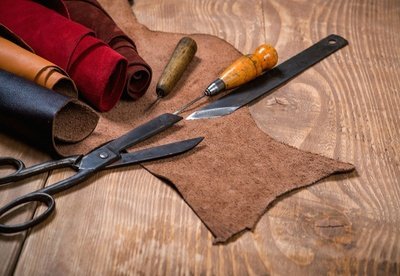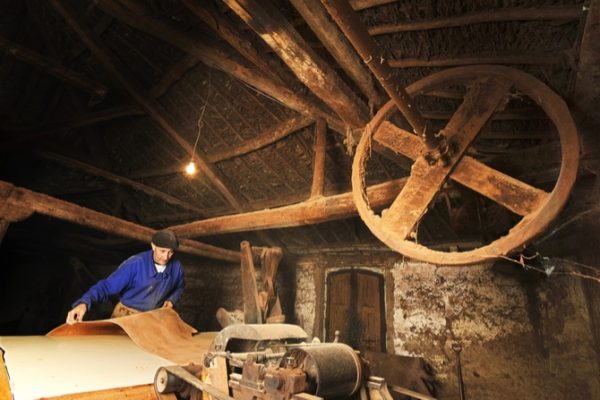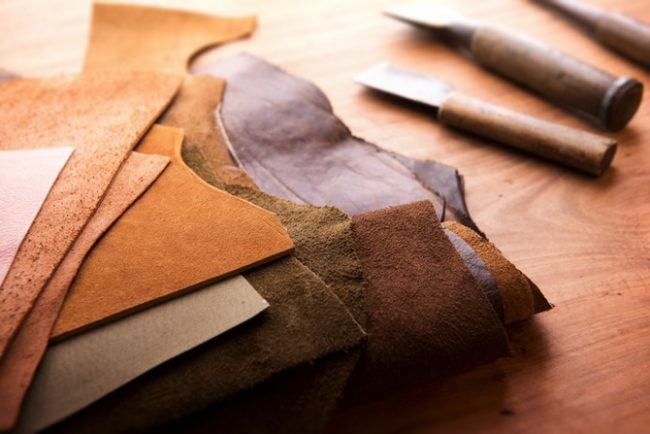All About Leather
What is Leather Made out of?
Purchasing a product made of leather has become so common that we don’t even stop and think about what is leather made out of? Leather bags and accessories are an incredible investment if you are looking for durability and perfection. However, the its making process is not as straightforward as it might seem and is best left to the professionals, who use high-quality machinery to achieve maximum flexibility and sturdiness.
Here we will answer the most basic and common questions regarding leather and hide, and also we will discuss about the most common production processes.
Thus without further ado, let’s dive straight in!
What is a hide?
A hide is, essentially, an animal skin which tanners use to create leather. Most of the time, they use cattle hides, but it is not uncommon to use hides from other animals as well.
Once the manufacturers collect the rawhide from the animals, they have to determine the hide yield. The best yield comes from hides that have no spots, blemishes, insect bites, or holes. That defines the leather-making process further because they have to see how much of it they can use.
You can get exceptionally durable leather if you use horsehide. However, if the manufacturer wants to make it softer, he will opt for lamb or deerskin.
Designers use different types of leather for different apparel pieces. For example, elk skin is often used to make shoes, while kangaroo leather is perfect for lightweight jackets and boxing bags.
The price of leather accessories depends on the leather used. Because of this, most crocodile and snake leather bags have a higher price tag.
The leather-making process
Not only is making leather a complicated artwork, but it is also very time-consuming. There are a few key steps which turn rawhide into a pliable material that can be used for making clothes, accessories and other goods.

Preparation
Once the manufacturer gets the rawhide, he must prepare it before putting it through the tanning process. That includes removing natural proteins, fat, insects, dirt and hair. The point of it is to clean the leather thoroughly before continuing to the next step.
They preserve the hides by using rock salt. That way, the hides will stay fresh. Afterward, they remove the salt from the hairless hides. However, hairy hides do not have to go through the desalting process. Instead, they are soaked for a few days and kept in soaking drums.
Hides then have to go through a process called “liming” which removes proteins, fat, and anything that could hinder the flexibility and durability.
Still, sometimes the hides are then too moist and too thick to work with. Hence, the manufacturer usually slices them into two layers.
The quality and durability of a leather bag will highly depend on which layer it was primarily made of. There is a massive separation between price and quality which you can find here.

Tanning
The tanning process is easily understandable; the whole point of it is to create a material that will not decompose.
When you dry rawhide, it turns into a rigid, solid material which will rot if you wet it. In contrast, tanned hides are flexible even when they are completely dry. Thus, you can use them to create clothing, handbags, boots, etc. And, if they do get wet again, they will not disintegrate.
Tanning takes about eight hours, and during that process, the hides are rotating in a tanning drum. The manufacturer pours a tanning solution into the drum, and once it seeps into the material, then he moves on to a process called basification. That means that he will start increasing the pH level of the solution, which will then improve the strength of the leather.
Crusting
The final step in the leather-making process is crusting. It includes a variety of additional steps that make it even more beautiful and pliable.
The manufacturer thins the leather out and retains it. Afterward, he can also lubricate it and soften it even further. Crusting may also include dyeing and whitening of the leather.

Types of tanning methods
There are two standard tanning methods used all over the world. The most popular one is the chrome method, but tanners often use the vegetable method as well.
You can always alter the chrome tanning method to suit different types of hides. But, you will always get soft, water-resistant leather. In addition, this method also allows you to dye it perfectly. The colors will be vibrant and without spots or unevenness.
Meanwhile, vegetable tanning is better for our environment – but it is also a lengthy process. The manufacturer has to soak the animal skin in vegetable liquor repeatedly. Afterward, the leather is thick, but still flexible enough to use. Unlike chrome tanned, vegetable tanned leather is breathable and quite expensive making such bags made for men and women superb and elegant.
What is Leather Made out of?
If you knew nothing about leather production process, we hope this quick read taught you something. Sometimes the most common and at first sight obvious things are the ones we know nothing about. At least you are well aware now of what is leather made out of, and we hope you can find more relevant and interesting things regarding the subject in our blog.
Hope you enjoyed the read. Join our family by subscribing to our newsletter and follow us on Facebook and Instagram.

